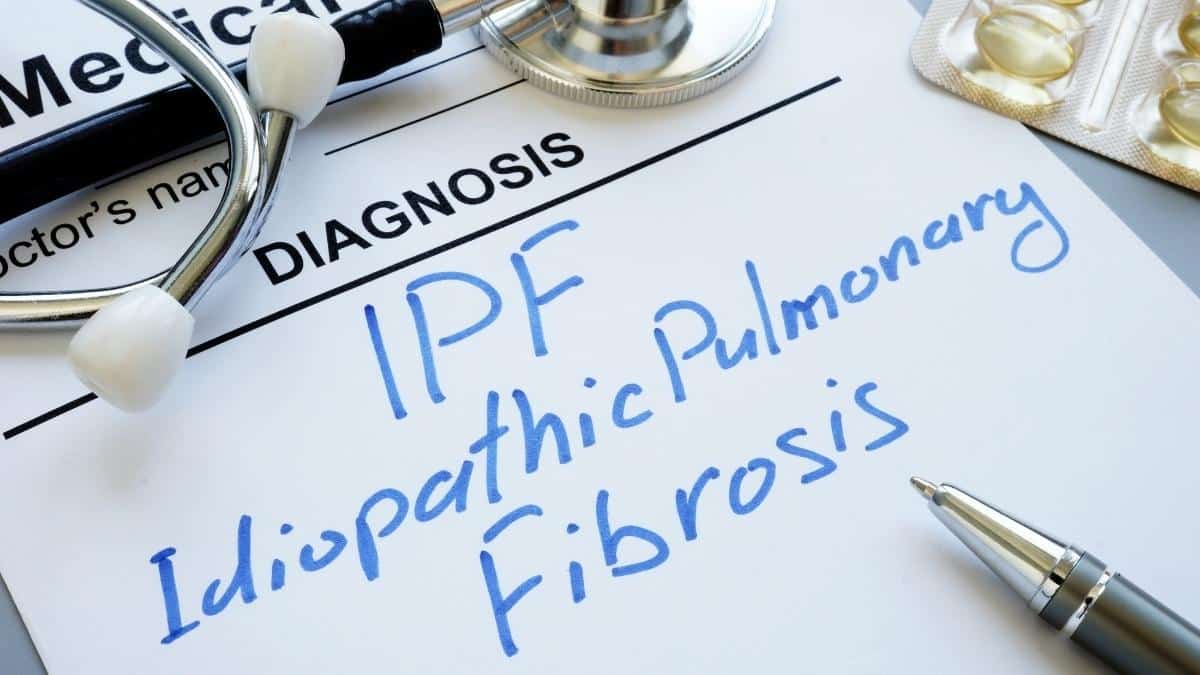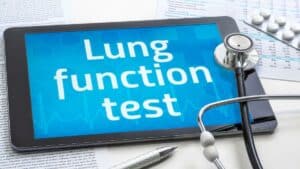People living with idiopathic pulmonary fibrosis (IPF), interstitial lung disease (ILD) and other chronic lung diseases have heard their doctors talk about the stages of their disease.
Doctors place lung diseases into stages to help them understand the severity of your lung disease. Staging systems also show how lung disease affects your life and helps doctors develop the best treatment plan.
For people with chronic obstructive pulmonary disease (COPD), doctors use the GOLD System and the BODE Index to determine a patient’s COPD stage.
However, the idiopathic pulmonary fibrosis stages are not as well defined. To help you better understand your condition and the idiopathic pulmonary fibrosis stages, here’s what you need to know.
What is Idiopathic Pulmonary Fibrosis?
In idiopathic pulmonary fibrosis, the lungs become scarred, causing the intricate passageways to thicken and harden. The free passage of oxygen through the walls of the lungs’ tiny air sacs or alveoli into the bloodstream becomes obstructed.
As a result, the lack of oxygen in the bloodstream leaves people with idiopathic pulmonary fibrosis feeling short of breath even after rest. Idiopathic pulmonary fibrosis affects everyone differently and at varying rates of disease progression.
What are the Idiopathic Pulmonary Fibrosis Stages?
Typically, disease severity is evaluated based on symptoms, pulmonary function tests, exercise capacity and images of lung structures from CT scans.
Your doctor will likely recommend repeating CT scans, 6-minute walk tests and pulmonary function tests over time to track the progression of your condition.

Traditionally, the idiopathic pulmonary fibrosis stages are mild, moderate, severe, early and advanced. These stages have helped doctors determine the best course of treatment.
However, the traditional stages are limited. Typically, the results from a pulmonary function test help doctors categorize idiopathic pulmonary fibrosis into stages. I
diopathic pulmonary fibrosis does not progress the same way in each patient, so a better staging system is needed.
New Developments in the Idiopathic Pulmonary Fibrosis Stages
Assessing the idiopathic pulmonary fibrosis stages requires a more complex approach. Doctors and researchers have been working on a more sophisticated staging system, called the GAP Index.
The GAP Index has four predictors: age, recent respiratory hospitalization, baseline forced vital capacity or FVC and 24-week change in FVC.
Doctors use the sum of the individual scores for each factor to obtain a score.
Recently, doctors and researchers continued to improve the GAP Index, using a multidimensional risk prediction model and staging system.
This GAP Index model consists of 4 baseline variables. These variables are gender, age and two lung physiology variables (FVC and diffusing capacity of carbon monoxide).
Based on their research, they developed a GAP Index calculator to help doctors and patients better understand the idiopathic pulmonary fibrosis stages, how to treat each patient, the individual risk for each patient and where a patient might fall within those stages.
There are GAP Index calculators available online. Remember to talk with your doctor about your GAP Index results and any changes to your symptoms.
Idiopathic Pulmonary Fibrosis Treatment Options

You and your doctor will work together to develop the best treatment plan for you.
Your doctor may use information gathered from your pulmonary function test, CT scan or other lung function testing. The idiopathic pulmonary fibrosis stages may also aid your doctor in monitoring your condition over time.
Many doctors prescribe medications, inhalers and oxygen therapy to help people with idiopathic pulmonary fibrosis manage their symptoms.

Christine Kingsley, APRN is the Health and Wellness Director at the Lung Institute where she focuses on providing helpful online resources for people looking for information on various lung diseases, breathing exercises, and healthy lifestyle choices. She advocates for holistic care that involves working with your doctor to explore all options including traditional and alternative care while focusing on diet and exercise as proactive measures.









